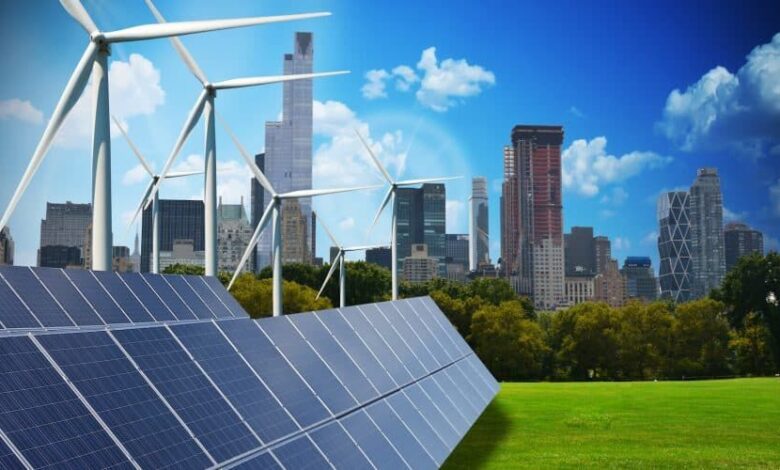Southeast Asia lags in green investments

Southeast Asia is considerably lagging in green investments aimed toward decreasing emissions, in keeping with a report by Bain & Firm, a worldwide consultancy.
The area’s vitality consumption is projected to extend by 40% inside this decade, resulting in a continued rise in carbon dioxide emissions on account of its heavy reliance on fossil fuels.
The report, produced in collaboration with green funding agency GenZero, Customary Chartered Financial institution, and Temasek, revealed a 20% progress in green funding final 12 months. Nevertheless, this falls considerably in need of the US$1.5 trillion wanted this decade. If the present pattern continues, the area’s emissions may exceed their 2030 commitments by 32%.
GenZero Managing Director Kimberly Tan emphasised the pressing want for elevated efforts from nations, firms, and buyers. At the moment, clear vitality constitutes a mere 10% of complete vitality provides, whereas fossil gasoline subsidies are 5 occasions larger than investments in renewable vitality. Challenges reminiscent of excessive capital prices, in addition to unsure grid and tariff rules, have additional difficult the financing of renewable tasks.
The report additionally highlighted that 60% of the area’s coal-fired energy vegetation are comparatively new, with long-term buying agreements and funding return commitments making them more durable to close down. Worldwide Power Company Chief Economist Tim Gould famous that over US$1 trillion of unrecovered capital resides in these younger coal vegetation, largely in Asia. This leaves little room for renewable progress, necessitating revolutionary financing approaches.
Solely 4 nations inside the area (Indonesia, Malaysia, Singapore, and Vietnam) have made headway in pricing carbon emissions. The report emphasised the necessity for extra insurance policies, incentives, regional cooperation, and a deal with presently deployable applied sciences.
Regardless of these challenges, the report famous that Southeast Asia advantages from being early in its decarbonisation journey, with many alternatives for emission reductions. The report recognized 13 investable concepts with potential revenues of US$150 billion by 2030. These embrace sustainable agriculture and large-scale renewable vitality vegetation.
Nevertheless, Southeast Asia is presently the second-worst-performing area in phrases of renewable funding, trailing behind Sub-Saharan Africa.
In line with a report by Singapore’s Financial Improvement Board and McKinsey consultancy, annual photo voltaic installations want to extend from 5 gigawatts to 35 GW between 2030 and 2050 to fulfill regional net-zero pledges.
McKinsey senior companion, Vishal Agarwal, identified that regardless of plentiful sources, the unlock for renewable funding has not but occurred, reported Bangkok Publish.
Enterprise NewsEconomy NewsEnvironment Information









